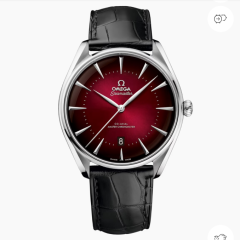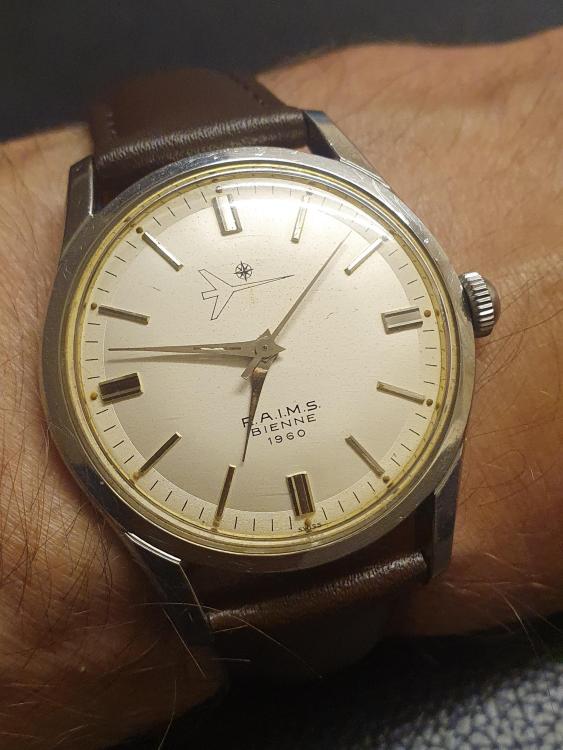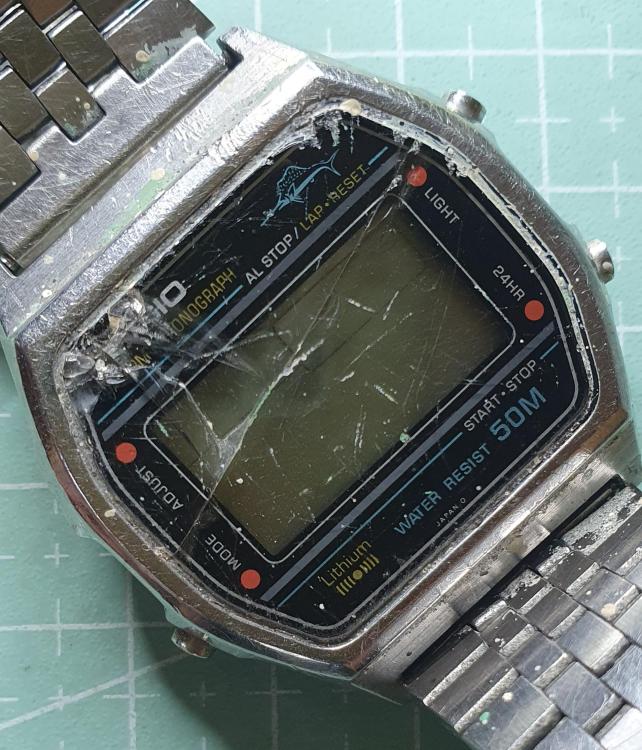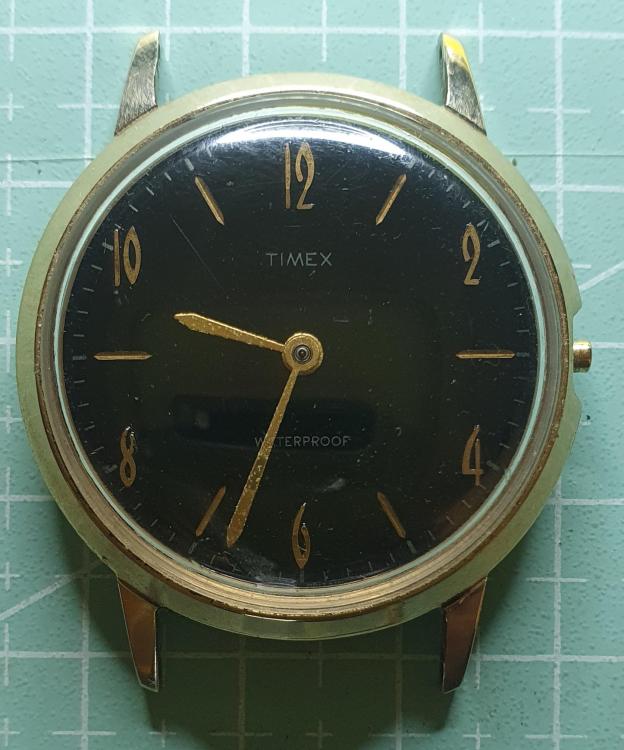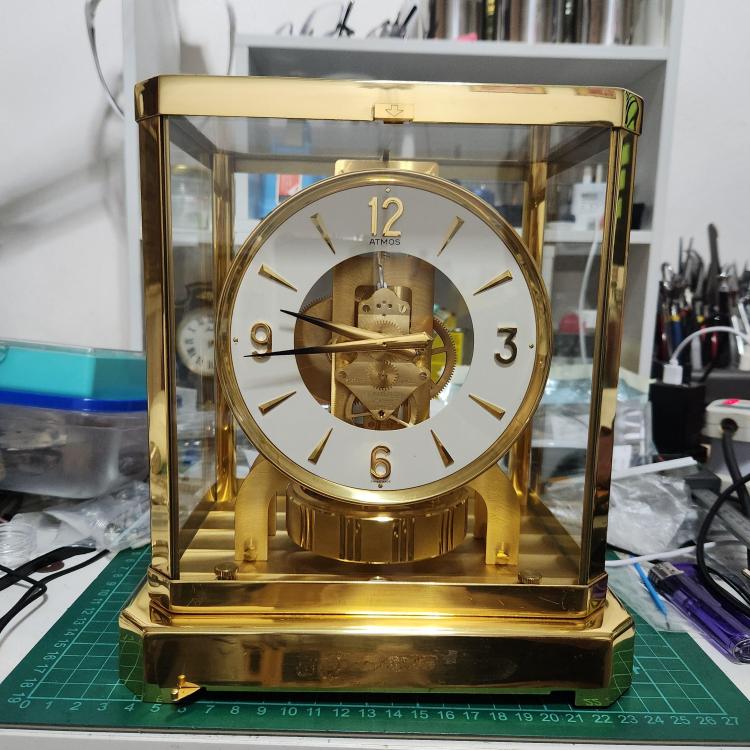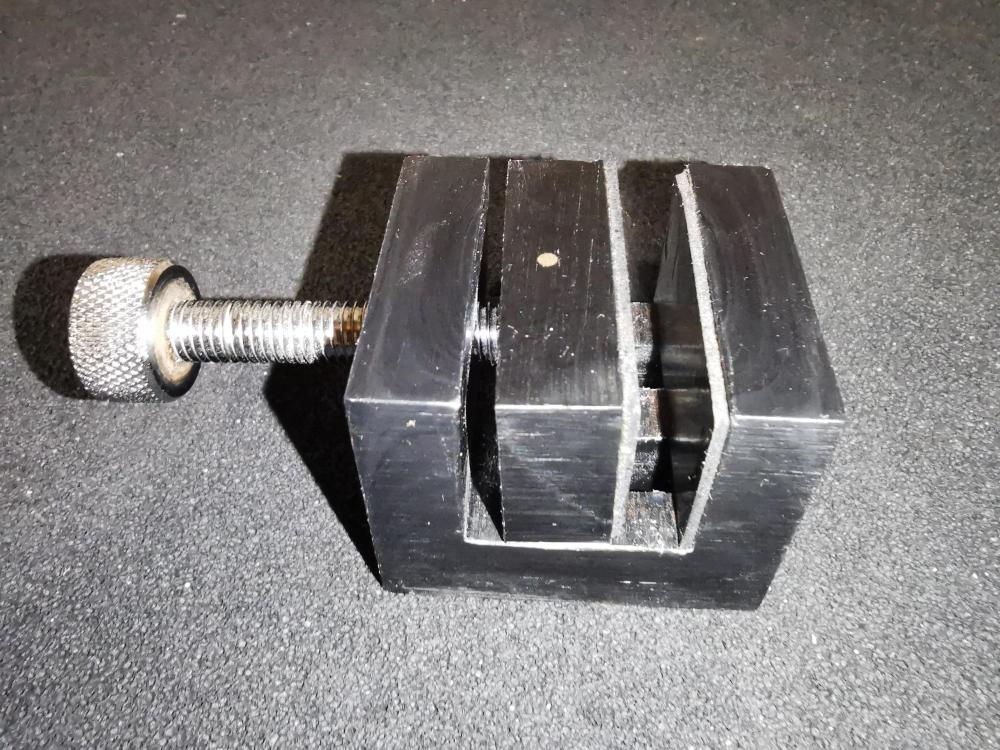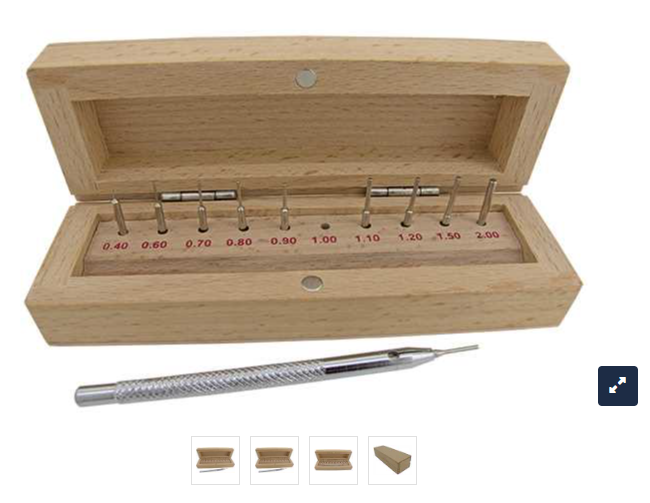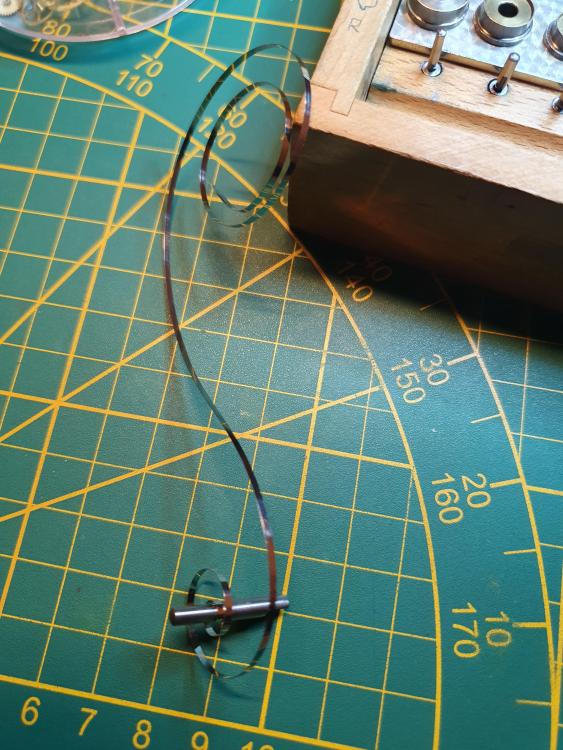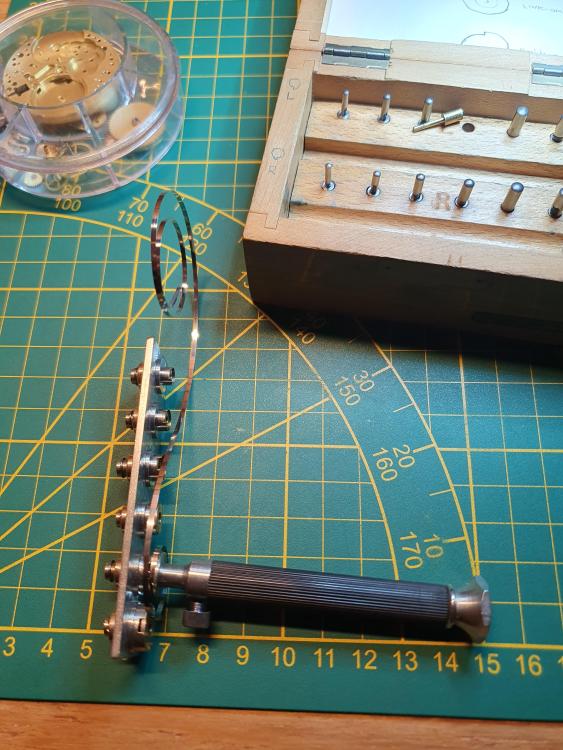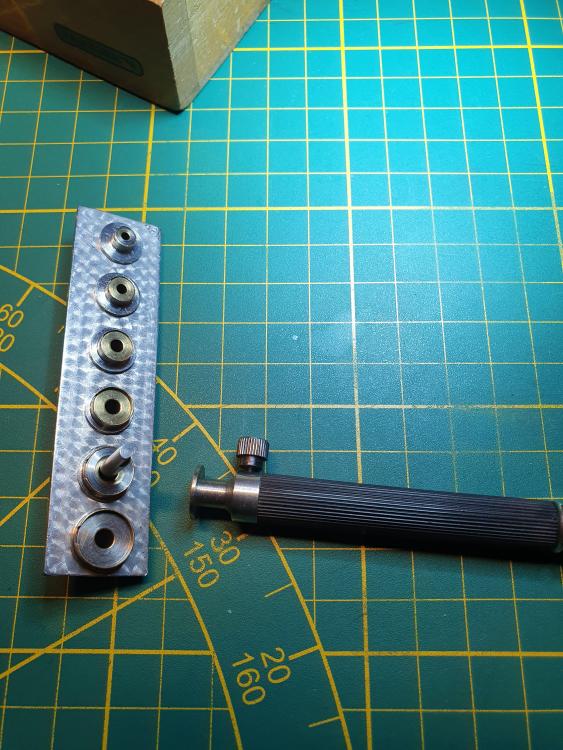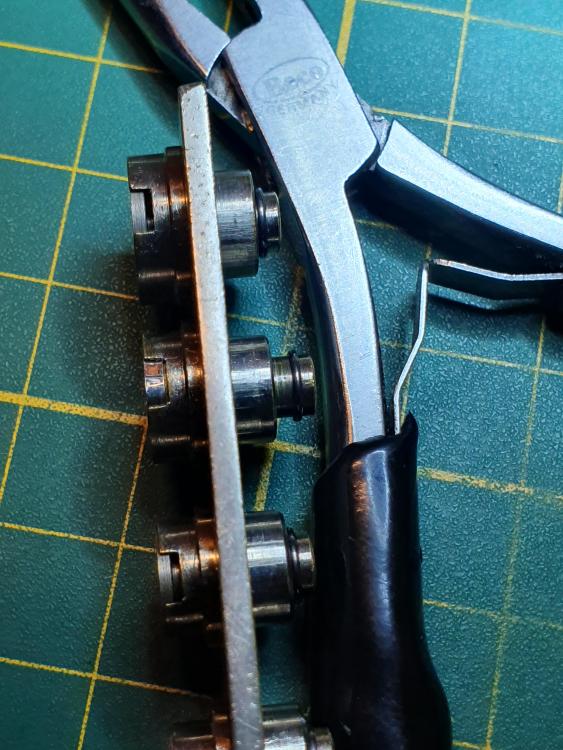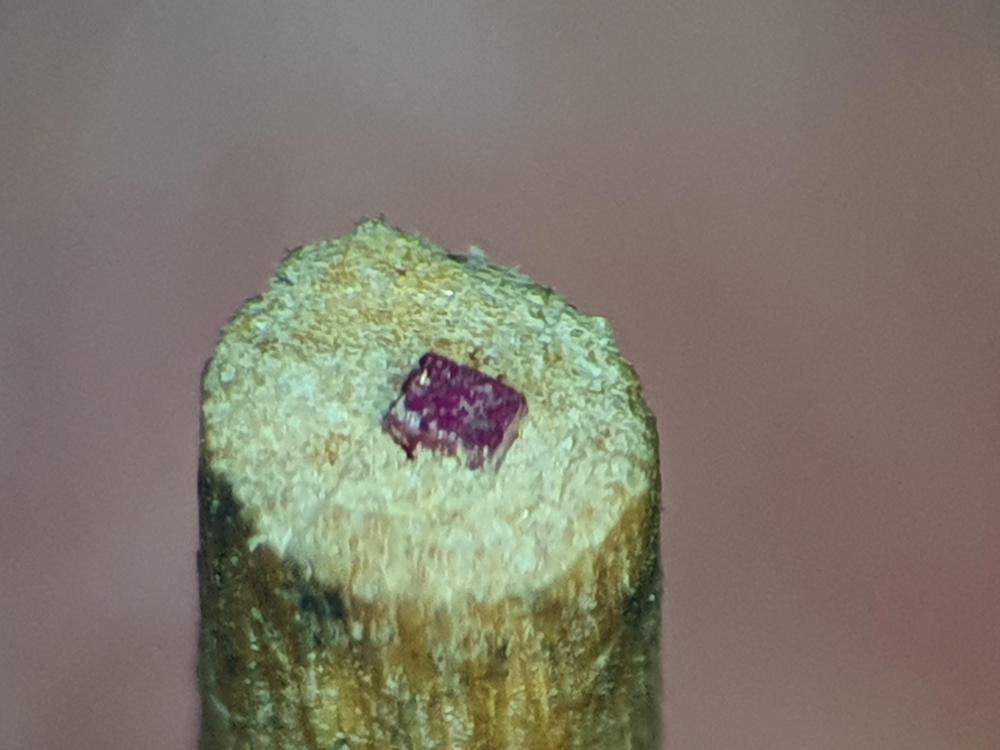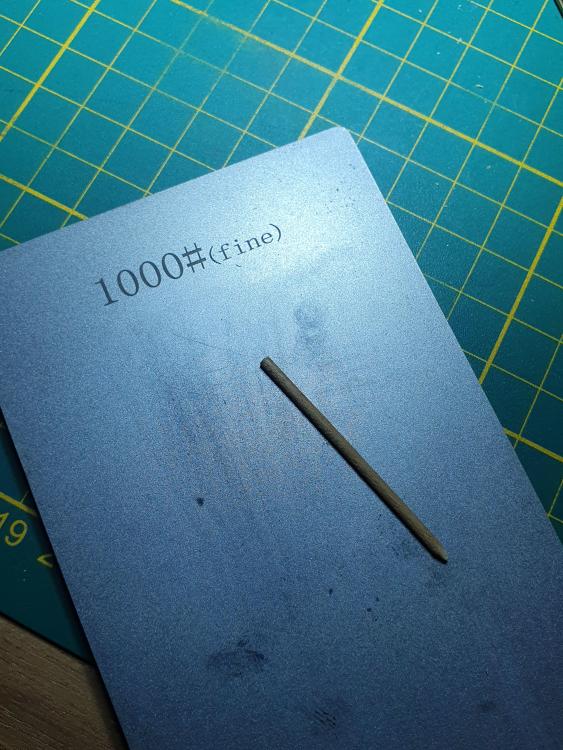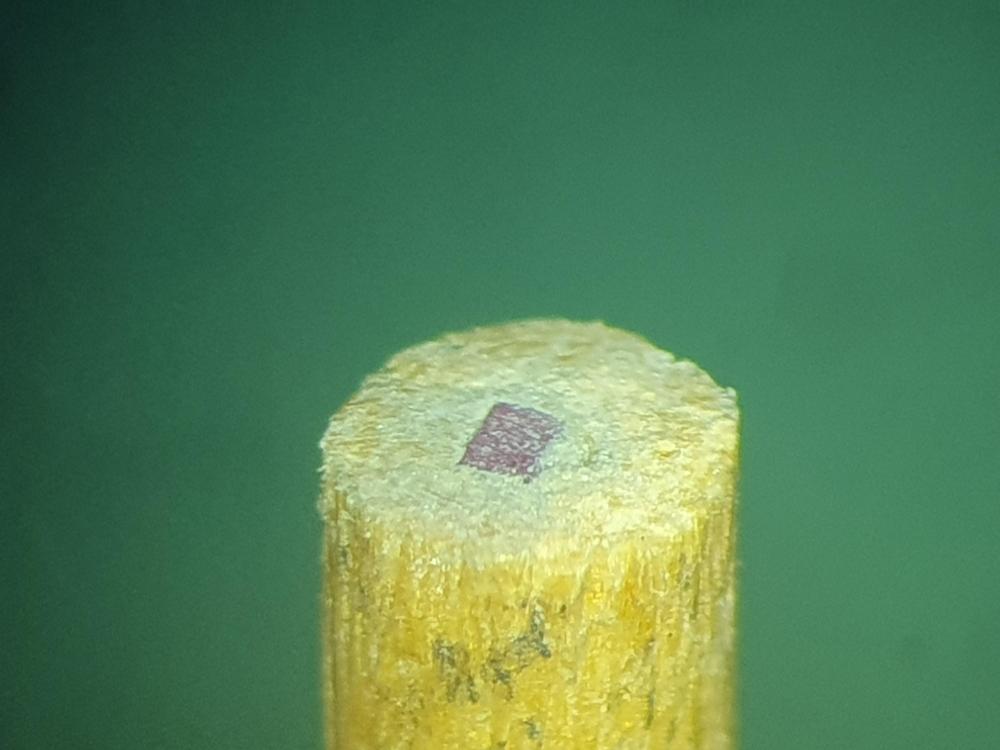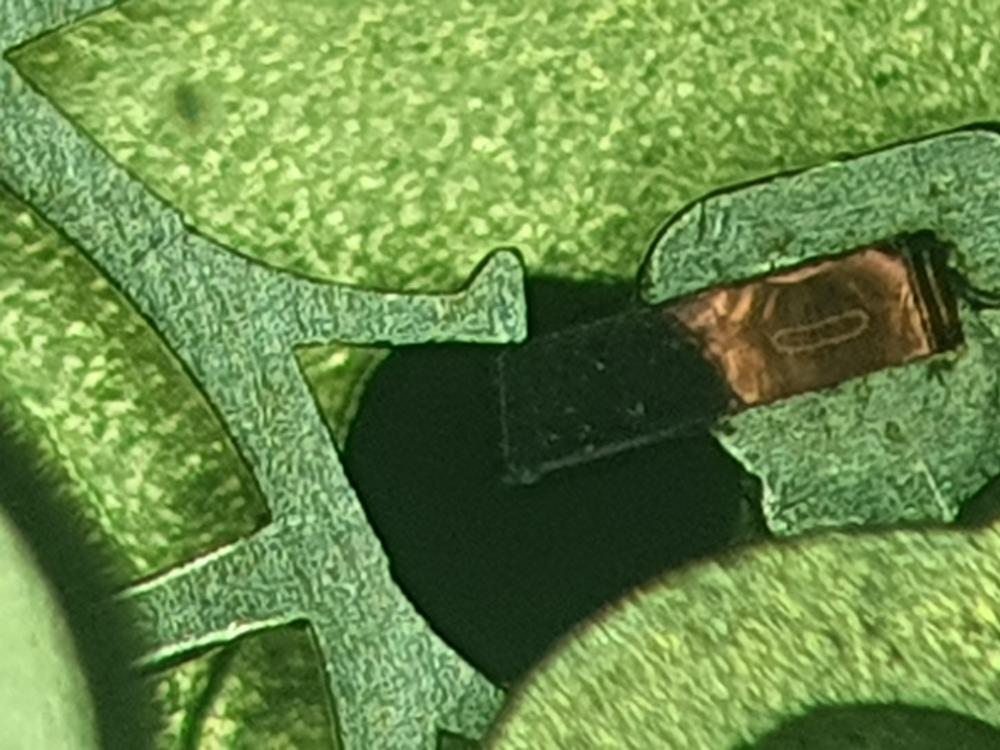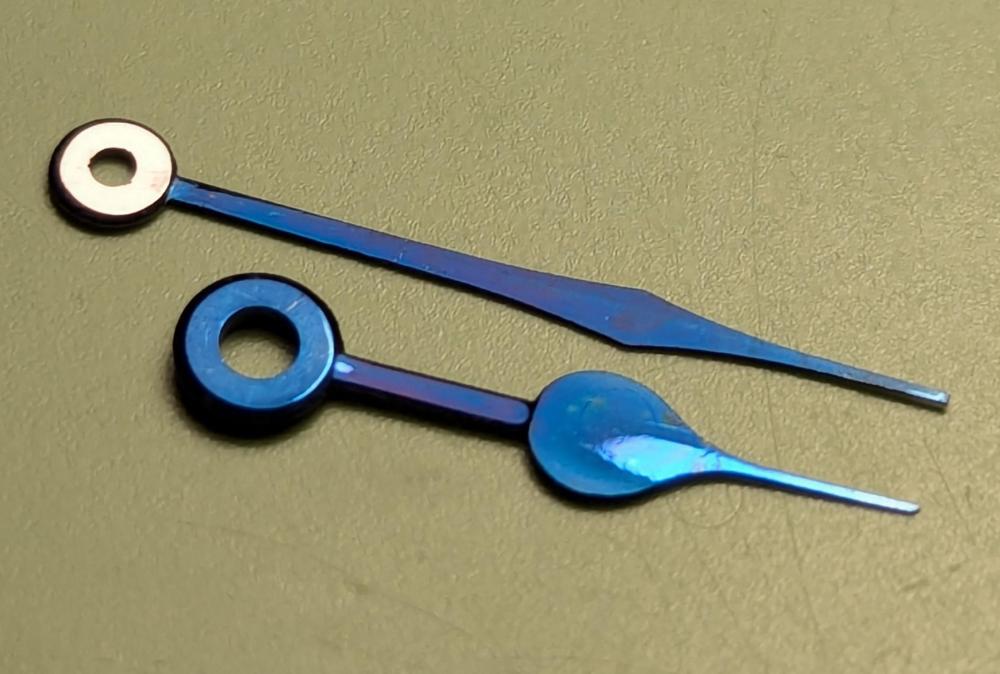Leaderboard
Popular Content
Showing content with the highest reputation on 10/20/24 in all areas
-
Spot on! stick a minute hand on and you can see if the timing is accurate or not before the dial and hands go on. You can get the movement fairly accurate using this method. Not that you would if you had a timegrapher. So, if you find that you have gained a second over an hour, that equates to 24 seconds fast per day. Over the ten minute period the marks are on the dial side denote, you'll see if the movement is wildly out or not to begin with.3 points
-
Seiko Spirit Chronograph SBTR021 Gifted to me by friend in Hong Kong. Bought in Tokyo by her on a trip to Japan. It's JDM only and I really love the look. Great value watch I believe with 10 ATM water resistance and Seiko 8T63 mechaquartz movement. My first chronograph and it's really growing on me.3 points
-
more complication , more to go wrong , more to repair , more repair costs. I believe in nothing other than cheap to build ,little to go wrong, simple to repair, and small effort to use. For me its an absolute no brainer to make something cheap and simple that works for under 50 quid, makes no odds to me how it looks as long as it does the job and is quiet, just about finished my last and final one.3 points
-
Well I think that’s pretty conclusive! Broken pipe off the seconds hand it is. My seconds hand is complete flat with nothing in the centre. So grateful to you all for your help. Learning so much every day in this new hobby.2 points
-
Ok, so it's time for the Timex to pass the batton and as of tomorrow I will be sporting this watch on my wrist. So I know the first thing you will all notice is the lume on the minute hand, I'm just not happy with the stuff I have, I'm looking for an alternative with a better more aged look. Anyway, what can I tell you about this watch. We know that the movement was supplied to Vinca from ETA who then finished off the movement. Vinca was a Swiss manufacturer in the watchmaking town of Bienne and I have found a few examples of lovely Vinca watches online. But Vinca didn't survive for very long as a Swiss brand then possibly a Russian interest took it on with all it's assets. I have found nothing on R.A.I.M.S., I have seen a Vinca watch that looks very similar to the above watch so maybe a Vinca side brand. Who knows? But what I can tell you is that I love this watch, you know when you work on a watch and everything goes so well, all cleans up perfectly, goes back together seamlessly, bridge on first attempt, oiled just as you wanted, dial and hands perfect. And when the balance re-fitted, first attempt and away with noticeably fantastic amplitude. And to cap it off, put it on the timegrapher and did absolutely nothing, just admired it for five minutes. Beat error 0.0, amplitude 280 and +4seconds. And this from a watch, strapless, tumbling about in a box. This also feels like a quality watch, the case is of a high standard finish, the case back screws on easily with smooth threads, even putting the crown and stem back in, you feel like youve got a quality crown and stem in your fingers. Well enough of me gushing over this watch, but I'll be keeping my eye out on ebay. So, what's going to be on my wrist next time ..... A Marlin! Apologies, wrong dead fish, hang on... This dead fish. I'm impressed with the last Timex, hasn't missed a beat and superb time keeping, I feel bad about putting it with the other watches and letting it run down. Anyway, everyone should have a marlin shouldn't they? They have been plaguing my online searches for marlin watches for years, I have pretty much all the other marlins bar 3 (I think).2 points
-
2 points
-
I'd go for the simpler Super Elite-type machine. The ones with ultrasonics are more efficient but hand cleaning seems inevitable no matter your route. Here are a couple of interesting videos, one of which I call "The Watch Cleaning Machine Disaster" They also include some interesting tips on how to combine an ultrasonic cleaner with a simpler cleaner. And here's a link you might find useful.1 point
-
1 point
-
1 point
-
1 point
-
1 point
-
I don't really understand what you mean here. I have a simular set, branded "Friedrichs". It has 12 arbors (6LH, 6RH), a plate with 6 "barrels" and a handle. These sets are easy to work with because after winding in the spring, you can remove the handle while the arbor is still in the spring. So you have more room to get the arbor out. No poking with tweezers in a small gap like with the bergeon style winders. I've seen these sets with 6 arbors as well. If you have a watchmakers lathe or access to one, it's very easy to make additional arbors.1 point
-
Probably the end of the hole was folded over and just needs dressing back to release the steel ball1 point
-
USA: Two kids though elementary/primary school in the last ten years and they were taught how to read clocks in the earliest years. Though not drilled on paper as extensively as I was in the early 1980's (blank clock faces and asked to draw in the specified times), it was part of software and web-based math (that's what we call "maths" for you UK folks) curriculum they did before and during covid schooling. But save the hand wringing and "kids these days..." worries in this country. There are still analog clocks in every classroom and those are not going away soon. So even if a 5 year old isn't taught as thoroughly, they still pick it up eventually. Back to the 1980's... Plenty of my friends were not great at reading the analog clock back then either, and they wore digital Casios to school -- we envied them for their Casios.1 point
-
It could still just be detritus behind the ball so I'd give it another go with the IPA and ultrasonic before resorting to enlarging the hole. At worst it should give you a little more play with the ball if you do need to stake out the hole.1 point
-
1 point
-
I have 3 children, all growing up too quick, but the youngest is still in primary school for one last year. I can confirm that here in the UK, learning to read an analogue clock is still on the curriculum, if memory serves me correct, they all did this around the age of 5 to 6.1 point
-
Definitely not that. The ball is sitting below the surface that surrounds it. Thanks, I'll try that today.1 point
-
typically with a watch like this you're not going to get hands for specific watch you're going to have to find generic hands that fit a pocket watch.1 point
-
The serial number on the plate is valid for an Omega, circa 1897: https://pocketwatchdatabase.com/search/result/omega-watch-co/12744571 point
-
1 point
-
It looks a bit long but is it the pipe from the seconds hand?1 point
-
I'd try dropping some IPA or petrol into the tube and leave it for a bit before putting it upside down in an ultrasonic.1 point
-
1 point
-
I suspect they are minute markers, as Richard suggests, when the watchmaker has finished the ebouche, before fitting a dial, fit a minute hand and leave running for a while, if happy with the accuracy then final finishing and casing up .... maybe?1 point
-
we would have to find one of the so-called dial companies and ask them what they would or would not do. Because a lot of it depends upon how they would reattach the dial feet. Some processes if you're really careful you can do it without destroying the dial others conceivably would be destructive and need refinishing. Just like some watch shops wouldn't be bothered with reattaching dial feet even if they could do it unless they were doing and overhaul.1 point
-
usually companies that refinished dials can replace dial feet I suppose it depends upon where you are on the planet. I used to know somebody that a Swatch group account because they were selling one of the Swatch group products. Then that also sent a watchmaker to the school and once you do that and they complete the basic watch rule class that's like half a week or week or something then they can access the complete database. I strive or what the official term is so not authorized Swatch group there Swatch group something and then yes they can order movement parts. But typically nobody's going to order a component for you there are going to want to in the case of a dial probably service the entire watch. This is because if you were to change something like a dial in the watch didn't run then you might be unhappy and want your money back or something so typically it's all or nothing.1 point
-
I'd just get some trashed 6119s for donors, they're pretty cheap. Removing and installing the springs unharmed is another topic.1 point
-
1 point
-
I found one on ebay for sale in the Philippines - seemed like it was the only one for sale I cold see anywhere! Feel lucky to of found one, and in good / comparable condition to the one I lost.1 point
-
A pair of Hamilton 16 size pocket watch hands restored for a long term project watch, not my first bluing, but my first really meticulous polishing job. Through 12 grits of diamond paste, repeated cleaning, bluing, then attempting a black polish on the minute hand boss. I can't say I achieved a true black polish because it isn't a perfectly flat surface. But I got it very close. I tried to use a technique as demonstrated by Roger Smith but didn't get a good polish when running it face down against either a smooth steel block or glass. The steel was probably a little too hard and abrasive and the glass didn't keep the paste in place well. Maybe lapping film on glass would have worked better and I will get some soon. But ultimately I just taped the hand to a steel block so the blued area was masked and worked the finest 6 grits of diamond paste over the boss with pegwood. The polish is very nice and consistent now but it could be flatter. And a special shout to Macro Restorations (Leo Vidal) on YouTube from whom I lifted a lot of the hand polish technique. The small seconds needs to be blued once more as I am not happy with it, but otherwise I am very pleased with the results of about 4 hours work.1 point
-
On vintage stuff Seitz replacement pallet jewels are fine. I just measured a couple and got 102 for entry and 114 for exit, pretty close to what Fried wrote. Sometimes the length is an issue, too long and it can be trimmed on the back side, too short and they can still work but are unsightly with a large gap at the back of the slot. On rare occasions I have lapped the face to change the angle slightly, but only on really nice pieces that merited it. Practical Benchwork for Horologists by Samuel and Louis Levin shows a nice way to accurately lap the face on page 196 (link is to an archive.org copy of this awesome book).1 point
-
Sorry for the late reply. This might help http://electronicinstrumentservice.com/manuals/L&R/Repairing L&R Hydraulic System.pdf1 point




